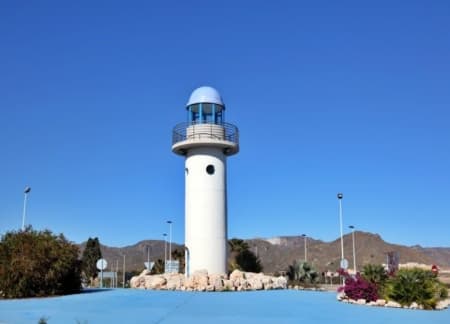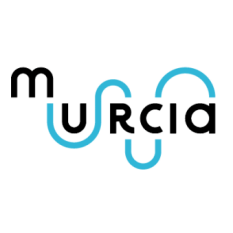
History of Mazarron
Evidence of traces from the prehistoric era mark the beginning of the history of Mazarron, a town whose inhabitants took advantage of its geography and fauna for their survival.
Deposits dating back to the Middle and Upper Palaeolithic eras have been found in Los Tollos, Las Palomas, La Peñica and Cueva Pernera, near the Cabezo del Faro. Among the elements found, flint tips and scrapers stand out, as well as evidence of burials corresponding to rituals.
Hunting and gathering were characteristic of the time. Likewise, pottery, the development of stone tools and megalithic burials appear, as confirmed by the Cuevas del Caballo and Palomarico.

There are also vestiges from the Bronze Age that are visible today in the prehistoric town of Cabezo de Plomo, located in the Sierra de las Moreras.
In the settlement structures their fortification can be appreciated as a protection for the conflicts of the period. Tools were also located, as well as a circular megalithic burial mound at its base.
In the settlement structures their fortification can be appreciated as a protection for the conflicts of the period. Tools were also located, as well as a circular megalithic burial mound at its base.
As in other areas of Murcia, traces of the Argaric culture have been found in Mazarron. The Phoenicians also landed in the area. Motivated by mining, they were oriented to take advantage of Mazarron's resources, specifically lead minerals and fishing, as well as developing salting, which gave them important economic benefits.
The Phoenicians were great merchants, standing out for their advances in shipbuilding, and in fact, two ships of this civilization were discovered on the beaches of Mazarron that continue to be of great interest to underwater archaeology worldwide.
Regarding the arrival in Mazarron of the Carthaginians, it is presumed that it was motivated by being very close to Qart Hadasht (now Cartagena), which was their most important colony in the entire Iberian peninsula. However, their presence in Mazarron was transitory, given the scarcity of findings from their culture.
The Romans also landed in the area and did not go unnoticed, influencing life there. In Mazarron several marble statues of the Roman goddess Ceres were found, now preserved in the Municipal Archaeological Museum of Cartagena. Similarly, a Roman Milliarium was discovered, which is a column that was placed on the edge of the Roman roads to indicate the distances every thousand “passus”, that is, every Roman mile (approximately 1480 metres).
Along with mining, the Romans intensified the salting of fish and developed the production of garum for import throughout the Roman Empire, a fact confirmed after one of these factories was found in the Port of Mazarron. Now you can visit the “Factoria Romana de Salazones” Museum, which highlights the important Roman garum industry.
The name of Mazarron was adopted after the Muslims invaded the area and dominated the High Middle Ages of the territory, and today their archaeological traces are observed throughout the urban area of the town. It was these who gave the place the name of Almazarron.

1st August, 1572 was a crucial day in the history of Mazarron. That day, Felipe II granted the founding privilege of the town of Mazarron and from then on the territory had its own City Council, beginning the independent life of the municipality.
Mazarron's economy has been transforming for the last 100 years, starting with mining as the main economic activity, up until the present time where its economy is based on tourism, with an important associated service sector, agriculture and fishing.










